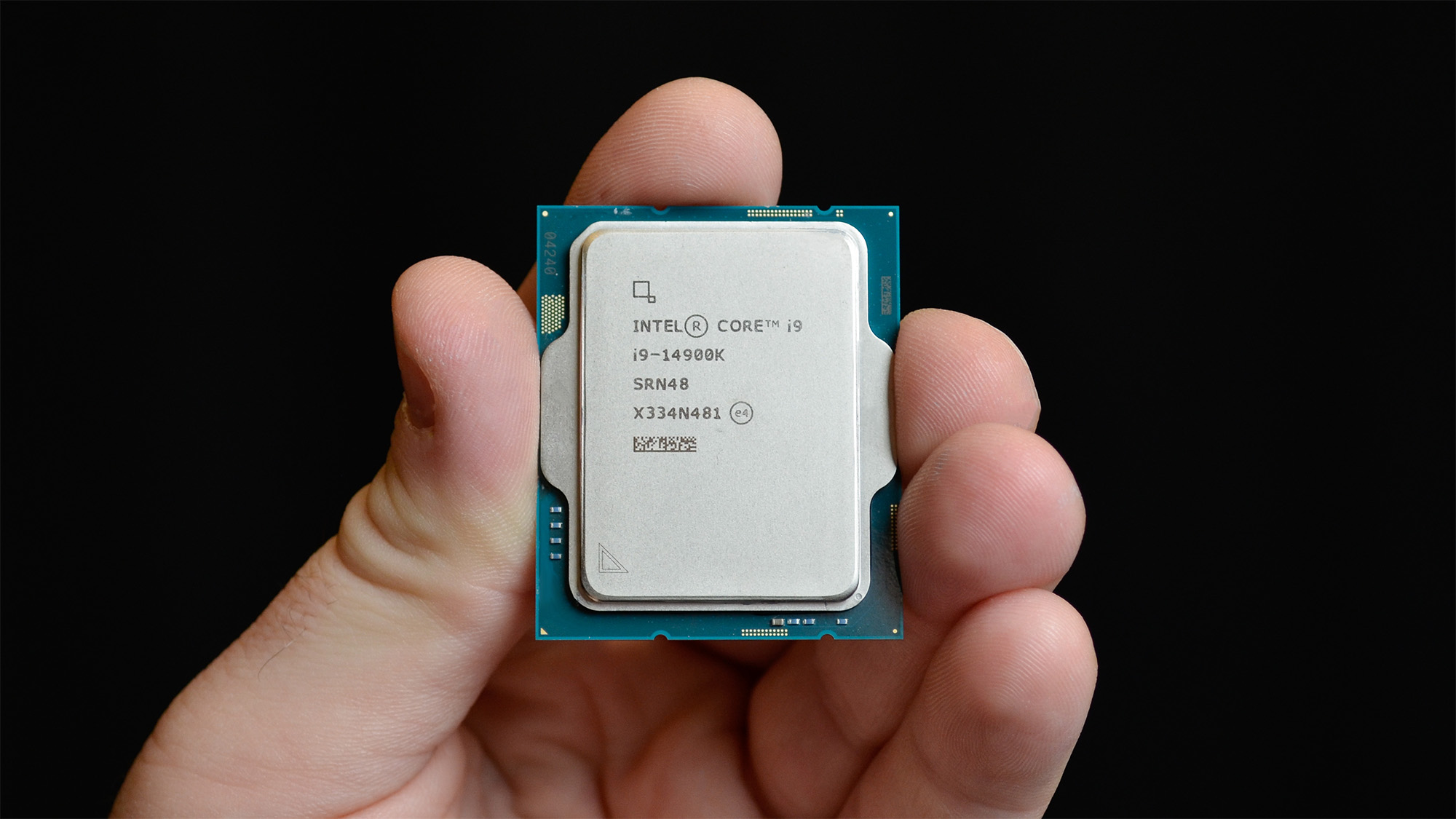
It looks like Intel is going to raise the limits for temperatures with its next-gen desktop processors, which could be a sign of confidence in the stability of Arrow Lake – a hopeful hint of things to come, with any luck, in terms of the current worries around Core i9 stability.
Before we go leaping off Conclusions Cliff, however – it’s never a smart move to leap off any cliff, after all – we should bear firmly in mind that freshly aired specs for Intel’s temperature thresholds are just a rumor as posted on X by leaker Jaykihn (hat tip to Tom’s Hardware).
TJMax for Arrow Lake and Panther Lake is 105C.Lunar Lake retains the previous 100C.July 15, 2024
We’re told that the TJMax – that’s the ‘maximum thermal junction’ temperature (we’ll come back to the jargon-busting momentarily) – for Arrow Lake and Panther Lake (next-gen mobile CPUs for 2025) is 105C.
Panther Lake for notebooks going this route is not a surprise really – as Tom’s notes, Meteor Lake for laptops has already upped the ante to 105C – but desktop CPUs from the current-gen (going back to Alder Lake) have stuck with 100C for this limit (which Lunar Lake mobile will also run with, apparently).
So, with Arrow Lake on desktop, Intel is increasing this by 5%, meaning that the chip will be allowed to reach a higher temperature (105C) before the TJMax thermal safeguards kick in, reducing the power to bring down the temperature – which also drops performance levels, naturally.
In short, Arrow Lake will be allowed to run 5% hotter, and let’s discuss what this might mean next.

Analysis: A positive sign – right?
Why might Intel do this? Certainly, the gut reaction from some folks online is that Intel needs to be working on stability, given the well-aired woes about Core i9 CPUs (from the 13th and 14th generations) crashing when gaming due to issues Intel still hasn’t fully pinned down.
These are worrying problems indeed, and we’ve recently discussed how such reliability issues for higher-end processors could put off would-be buyers of next-gen Arrow Lake, potentially. Hearing that thermal safeguards are going to be raised might seem like a dubious plan from Intel, against this backdrop – but we need to think again here.
Firstly, this is just a rumored tweak to the spec – it may not happen. And secondly, if the TJMax is raised to 105C, rather than a concern for stability, we’d take this as a positive sign. Intel must surely be confident enough in the quality of its silicon and the stability of the next-gen CPUs to be upping thermal limits in the first place. If reliability had even the slightest question mark, this wouldn’t be happening with Arrow Lake – it wouldn’t make any sense to make such a move, surely?
This makes us hopeful that high-end Arrow Lake processors (Core Ultra 9) won’t be suffering from the same issues as Raptor Lake (and its refresh) has experienced with Core i9s.
This move may also be partly bound up in Arrow Lake’s more advanced 3nm process, and denser node, being able to better handle slightly higher temps.
At any rate, we wouldn’t worry at this point, although that hasn’t stopped plenty of denizens of the usual forums and social media platforms from ringing some alarm bells rather loudly. And to be fair, we get that, given the current Core i9 situation, as mentioned – which we’re hoping to hear a fresh statement on very soon.







